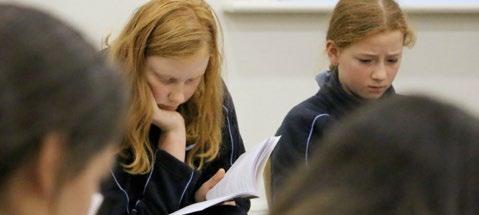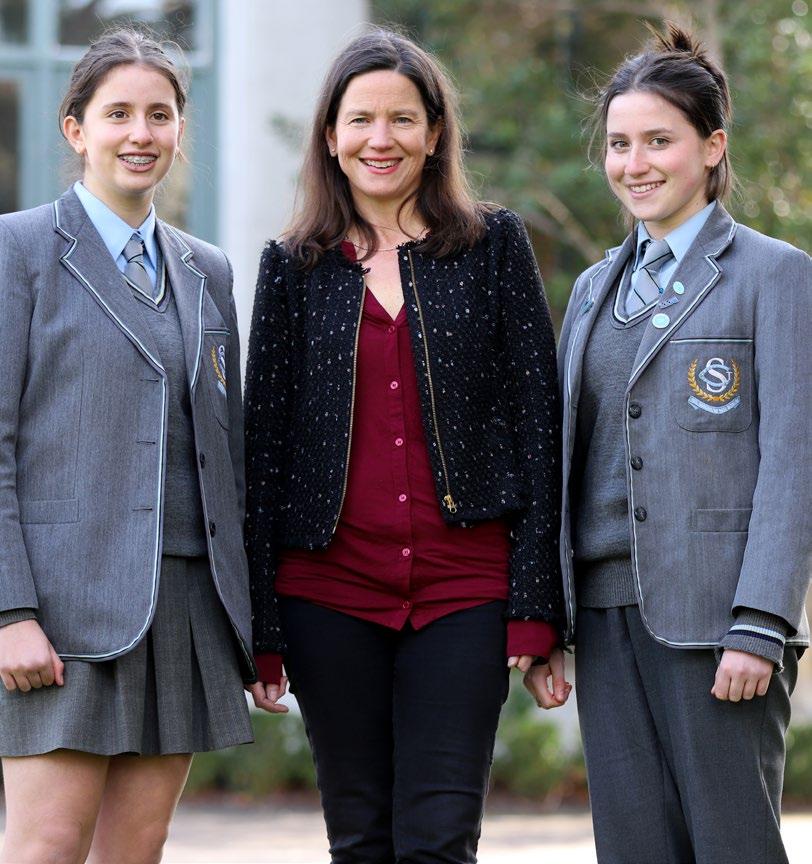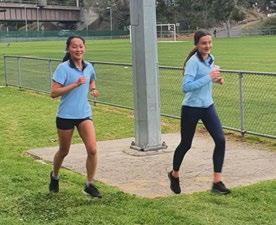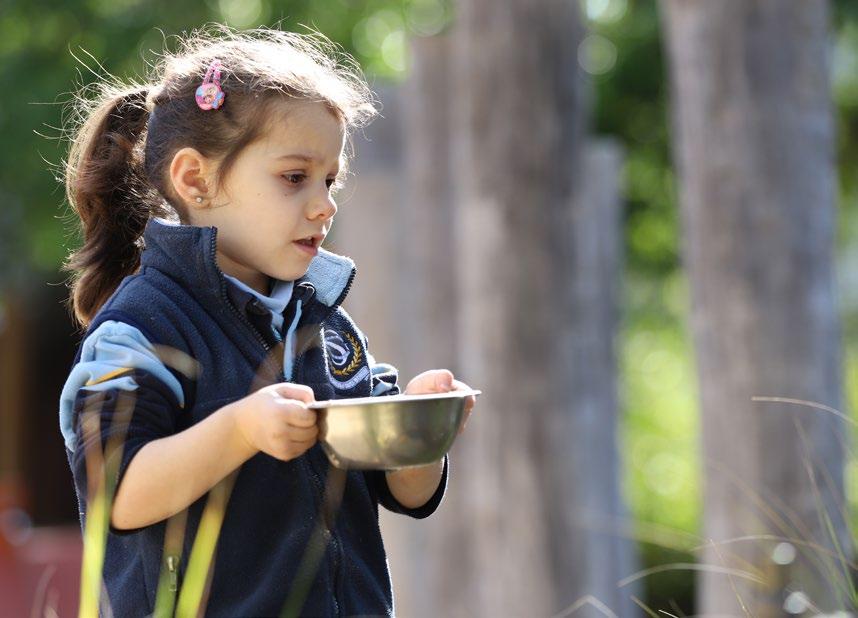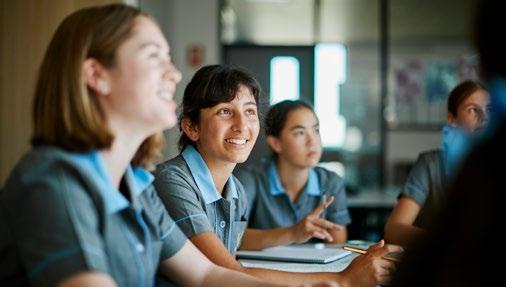
4 minute read
TEACHERS AS DESIGNERS LEARNING IN LOCKDOWN
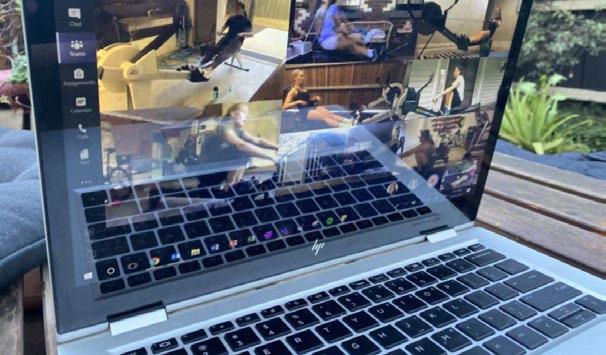
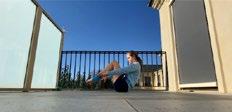
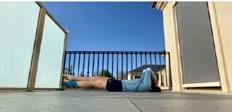
As educators in Australia return to face-to-face teaching, and schools around the world grapple with new ways of working to provide continuing support to students during the pandemic restrictions, readers have been getting in touch to tell us what’s been happening in their own context.
‘Teachers are designers’. The truth of the simple opening sentence of Wiggin and McTighe’s seminal text Understanding by Design (2005) has never been more apparent than during the COVID-19 pandemic and the shift to remote learning. As noted in their text, the requirement for teachers to craft learning experiences is a mode of thinking analogous to engineering, architecture and graphic design. Design cognition is crucial to teacher expertise, and requires a precise understanding of desired outcomes (as intellectual standards), as well as the ability to construct the means of achieving these standards. Teachers with highly developed design cognition are not just able to construct numerous pathways to a desired outcome, but to recognise opportunities for alternative outcomes as part of the learning experience. In our school context, the design-thinking of teachers allowed for ‘learning’ (but not school as per normal) to continue during the pandemic.
Designing under COVID-19 conditions
The rapid shift in conditions for learning due to the COVID-19 pandemic is what is referred to in design thinking as a ‘design challenge’. It requires the harnessing of several cognitive skills: analysis and evaluation of the problem, the proposition and clarification of a solution, followed by the evaluation and justification of the proposed solution (Grubbs, 2019). This type of thinking is best practised collaboratively, in recognition of the value of collective cognitive application when solving problems (Ellerton, 2020). The design-challenge of COVID-19 was multifaceted. It was not simply shifting rapidly to online learning platforms, but negotiating further limitations such as access to technology, ICT proficiency as well as physical restrictions of a lockdown and quarantine. In addition, the boundaries of the challenge were different for experiential learning. While the academic subjects lend themselves to the remote learning format, in that students can access content online (in written and video form) and then work with the remote guidance of the teacher through a deeper understanding of that content, experiential subjects are severely impacted by a lack of access to learning spaces. If students cannot leave their homes and access the spaces where their hand-on learning experiences take place, then how does the learning happen?
Case Study: Physical Education
My Physical Education (PE) colleagues at St Catherine’s School were faced with this issue at the end of Term 1 after they no longer had access to crucial physical sites for learning. In the case of PE, teachers had to operate without access to their conventional learning spaces and equipment.
Year 7-10 Physical Education learning at home program
DESIGN CHALLENGE
Faced with the situation of having no access to sporting facilities for several weeks, in addition to new circumstances where students would be restricted in their capacity to exercise (plus remaining sedentary for more hours of the day) the PE staff saw quarantine as an opportunity to construct a sustained assessment task that enabled them to offer a more differentiated and individualised experience than would be possible in normal classes.
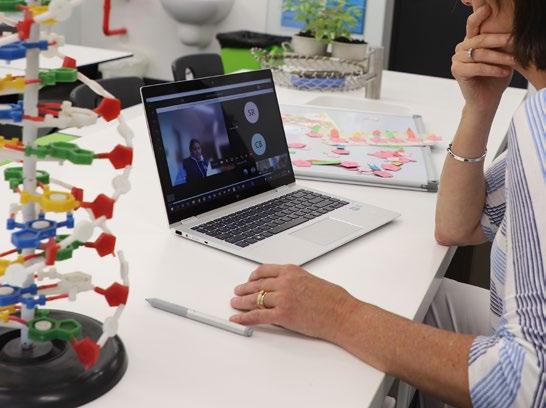
ONLINE SOLUTION
Understanding new physical limitations on student lives, the teachers designed their unit around a core learning intention: To develop and implement strategies that assist you to achieve Australia’s 24-Hour Movement Guidelines.
Using the parameters in the guidelines as their basis, students were then tasked with:
• Developing a seven-minute muscle and bone strengthening workout. • Developing a 20-minute aerobic workout targeting a particular area of interest. • Completing a reflective journal of physical activity levels, including explanation of design choices for their programs, justification for their aims of the session with clear links to curriculum.
The classes conducted online were a mix of theory, student practice and reflective writing. The theoretical element was conveyed via online content and teacher instruction, whilst the practical element was student led. Teachers were able to access student writing and thinking through OneNote. Final assessments of the journals and fitness course design were conducted online, using a rubric. Over the course of several weeks, the PE staff met online to track the progress of each student (and year level) and were able to make changes as necessary. The technology enabled a more individualised approach, and the opportunity for students to integrate theory with practice. Additionally, by redesigning a program in response to the student’s immediate conditions, the tasked served to meet the alternative outcomes of assisting students to care for themselves physically during quarantine.
Miss Kristy Forrest English Teacher
References Ellerton, P. (2020) Teaching for thinking: a pedagogical schema. Grubbs, M. E. (2019). Design Cognition: Strategies for Teachers in Practice. In P. Williams & D. Barlex (Eds.), Explorations in Technology Education Research (pp. 193-207). Springer, Singapore. Wiggins, G. & McTighe, J. (2005) Understanding by Design. ASCD. This is an edited version of an article which first appeared in Teacher, published by ACER. Reproduced with kind permission. Visit www.teachermagazine.com.au for more.


